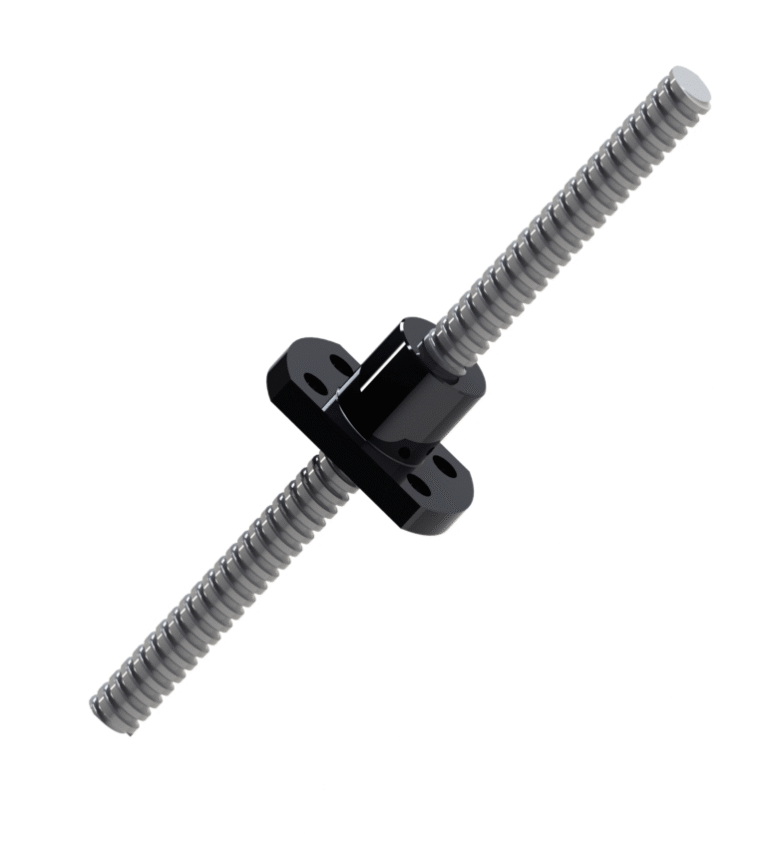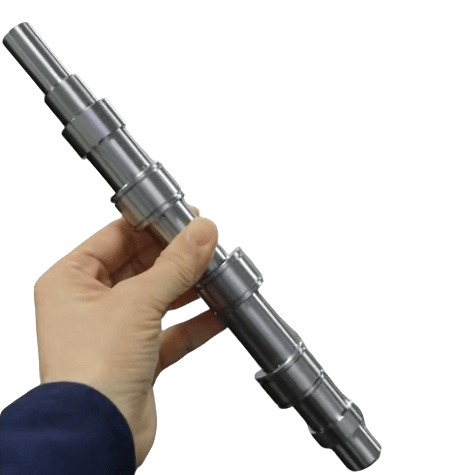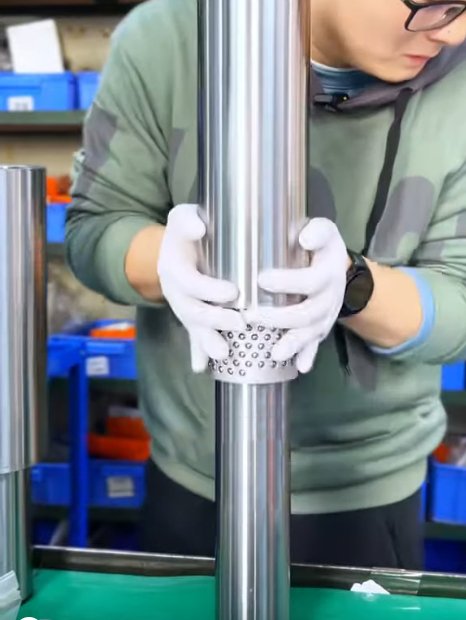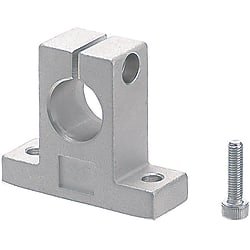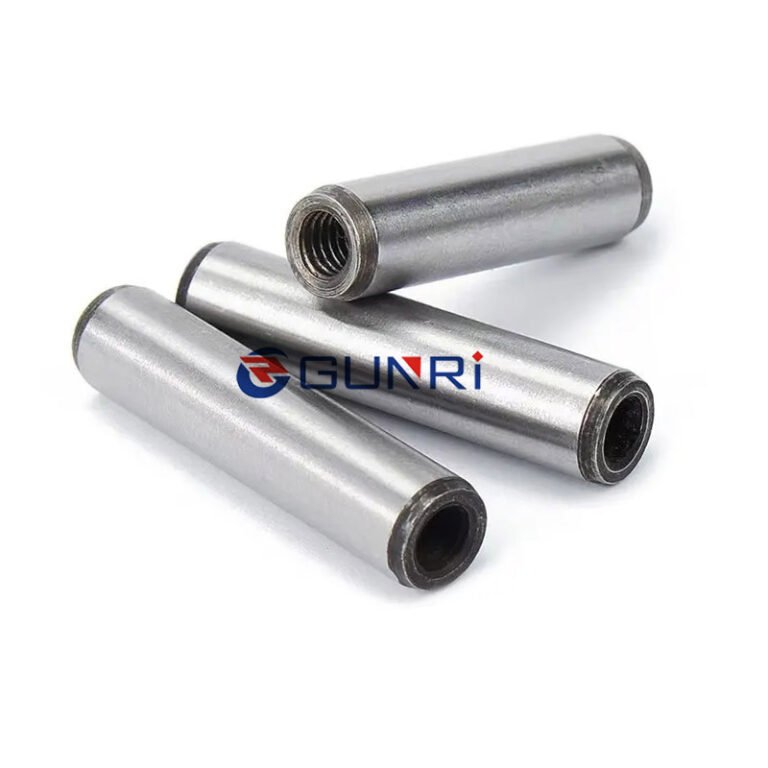In the wave of technological innovation transforming global industry, machine vision has become a critical driver of automation and intelligence. On August 18, 2025, the program Economic Half Hour on China Central Television (CCTV) spotlighted the transformation journey of Changan Automobile, vividly illustrating how machine vision is reshaping automotive manufacturing. The story also reflects a broader truth: machine vision is profoundly influencing the development trajectory of the industrial PC (IPC) industry.
Changan Automobile: A Benchmark in Machine Vision Adoption
As one of China’s leading automotive manufacturers, Changan has embraced machine vision across its production lines—from stamping and welding to painting and final assembly. By integrating visual inspection systems at each stage, the company has not only enhanced product quality but also set a benchmark for intelligent manufacturing across the entire automotive sector.
(Example: GUNRI IPC with high-performance multi-network ports and discrete GPU for vision applications)
Machine Vision Driving IPC Industry Growth
1. Expanding Market Demand
The pursuit of smart manufacturing is fueling explosive growth in machine vision adoption across industries. At the heart of these systems lies the industrial PC, which serves as the central computing platform for image processing, data storage, and communication control. In automotive production, dozens of industrial cameras and sensors rely on IPCs to form highly efficient production networks. This trend is rapidly expanding the global IPC market, unlocking fresh opportunities for suppliers worldwide.
2. Accelerating Technology Innovation
Machine vision demands real-time, high-speed, and high-precision data processing, pushing IPC manufacturers to continuously innovate.
- Hardware upgrades: IPCs are being equipped with powerful CPUs and GPUs capable of handling massive datasets. For example, detecting defects in complex automotive components requires advanced parallel processing and optimized computing architectures.
- Software evolution: IPCs are enhancing image-processing algorithms and broadening communication protocols. Interfaces like EtherCAT, PoE, and RS485 are now standard to ensure seamless connectivity with diverse automation equipment.
3. Broadening Application Horizons
While automotive is a natural showcase, machine vision–enabled IPCs are expanding across other industries:
- Electronics: PCB inspection for solder joint defects, short circuits, and component misalignments.
- Food & Beverage: Packaging integrity checks, contaminant detection, and expiration date verification.
- Pharmaceuticals: Quality assurance in drug packaging and labeling.
- Logistics: Automated sorting systems using visual recognition for high-speed parcel handling.
This versatility positions IPCs as indispensable enablers of automation across sectors.
Industrial PCs: The Core of Machine Vision Systems
High-Performance Data Processing
A modern automotive stamping workshop may deploy over 80 cameras, generating immense volumes of image data per second. Equipped with advanced multi-threaded processors and GPU acceleration (e.g., NVIDIA CUDA), IPCs can process this information in milliseconds, enabling real-time defect detection and advanced analytics using AI frameworks such as TensorFlow and PyTorch.
Reliability and Stability in Harsh Environments
Manufacturing floors are often hostile—featuring heat, dust, vibration, and electromagnetic interference. Industrial PCs, built with ruggedized components and tested for harsh environments, deliver 24/7 reliability. Features like redundant power supply, reinforced chassis, and efficient thermal management ensure uninterrupted operation even in demanding conditions such as robotic welding workshops.

(Example: GUNRI IPC with multi-serial ports and discrete GPU for complex automation control)
Flexible Customization and Expansion
Every production line is unique. IPCs offer modular expansion slots and diverse I/O interfaces, allowing users to tailor systems with data acquisition cards, communication modules, or vision processing cards. Whether controlling stamping presses, coordinating robotic welders, or managing painting systems, IPCs can be configured to meet highly specific operational requirements.
The Communication Hub for Smart Manufacturing
Industrial PCs also serve as the collaboration nexus of modern factories. They connect seamlessly with MES and ERP platforms, enabling real-time data integration and remote monitoring via 5G or Wi-Fi 6. Managers can track production progress from anywhere, while IPCs orchestrate communication between robots, cameras, and sensors to ensure streamlined workflows.
Looking Ahead: The Future of IPCs in Machine Vision
The future of industrial PCs will be defined by four key trends:
- Intelligence – Integration of AI, allowing IPCs to adapt to complex production environments with autonomous learning and decision-making.
- Performance – Faster computation, higher memory capacity, and improved energy efficiency.
- Miniaturization – Smaller, more compact designs that are easier to integrate into diverse equipment.
- Networking – High-speed connectivity powered by 5G and beyond, enabling cloud integration and global remote collaboration.
The synergy between machine vision and IPCs will continue to fuel the smart manufacturing revolution, helping industries worldwide achieve higher efficiency, better quality, and greater resilience.

